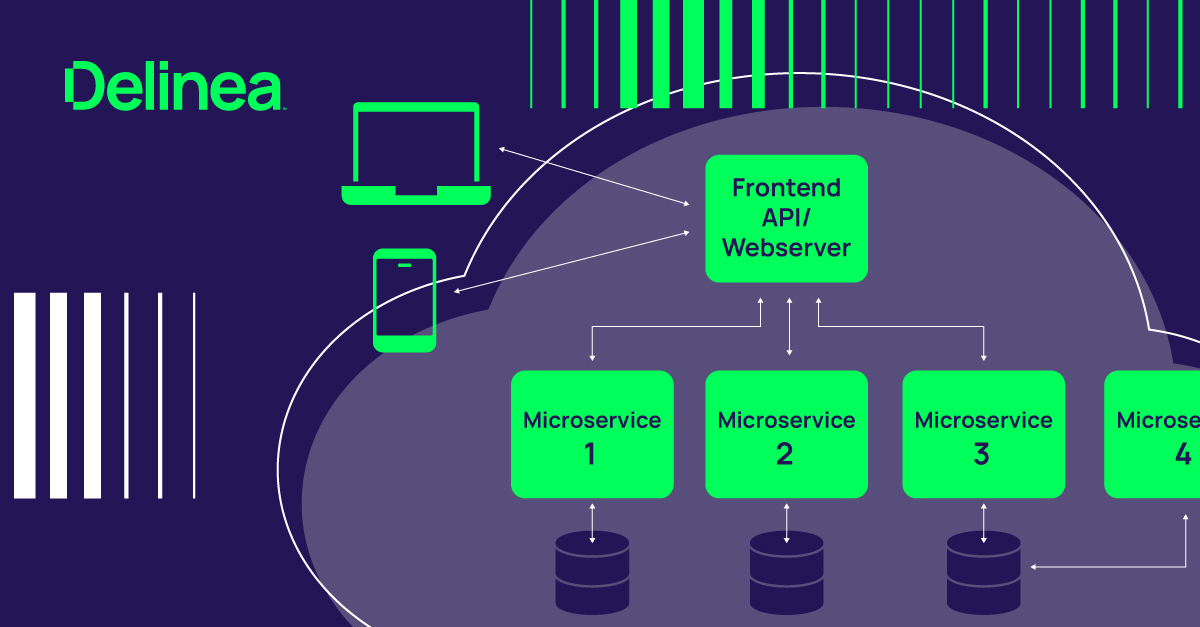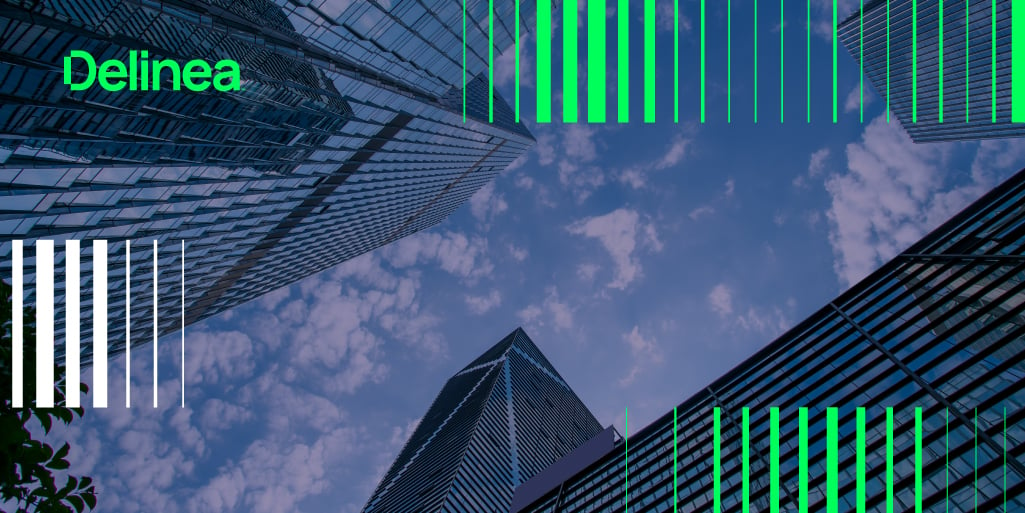Signs your PAM solution isn’t scalable (and what to do about it)
It’s 9AM on Monday. The DevOps team is cranking. The cloud services are humming. You and every other admin within your company are logging in, requesting access to secrets and keys.
But the system is hanging. Then it times out. You can’t get to the secret you need. Secrets aren’t rotating. Service accounts aren’t connecting.
What the heck happened? You’re at capacity and can’t scale. So, someone has to manually clear the queue to give people and systems the access they need to maintain services. They have to manage check-in and check-out and rotate secrets manually.
PAM systems in which requests are managed synchronously aren’t designed to match fluctuating demand
Unfortunately, this scenario is common for companies with monolithic, single-tenant PAM solutions. It occurs because those types of PAM systems, in which requests are managed synchronously, aren’t designed to match fluctuating demand.
Lack of PAM scalability is particularly painful for enterprises with complex, multi-cloud, or hybrid environments. Consider that the business case behind cloud adoption relies on the assumption that the company can increase or decrease resources on a dime to meet changing demand. For businesses in which system uptime is mandatory to deliver services and maintain revenue, scaling is essential.

However, if your PAM platform isn’t dynamic and can’t automatically keep pace with your cloud resources, you’re not maximizing the potential of the cloud; you’re constricted and can’t grow as fast as you need to support your users or your customers.
Plus, when the PAM system isn’t functioning properly there are gaps in your security that can come back to haunt you. Secrets aren’t rotated, which opens a window for credential theft. Session monitoring doesn’t happen, reducing your oversight and ability to conduct forensics if an incident happens.
It’s simply not acceptable.
Cloud PAM architecture designed for scale and lower TCO
Let’s rewind and start that day again. This time, with an asynchronous approach, as supported by Delinea’s cloud PAM solution designed for responsive, scalable, just-in-time availability.
Now, when demand peaks, you can handle the load.
On the back end of Delinea’s PAM architecture, each message (discovery, request to rotate a secret, updates, etc.) goes into a queue where the processing can happen independent of users or services accessing the secrets. In the background, the system proactively monitors the queue and manages resource capacity to keep up with queue demand in line with expected system needs.
Nothing is dropped and PAM users don’t feel the strain.
This type of granular scalability is not only fast, it’s also cost-effective. Here’s why:
- To double your capacity, you don’t need to double the servers supporting your PAM solution, which can quickly get expensive.
- You don’t need any other PAM components, licenses, maintenance fees, or professional services.
- You don’t need to shut down systems or schedule windows far in advance when implementing upgrades and security patches.
We designed Delinea’s cloud PAM solution to support you seamlessly as you grow. It’s the only cloud PAM architected with independent, microservice-level auto-scaling. It’s also one of the lowest Total Cost of Ownership in the PAM industry.
As you compare cloud PAM solutions, make sure you ask any vendor you’re considering about how they adapt to changing demand. Their answer will make the difference between successful, cost-effective PAM adoption and frustrated PAM users, downtime, and escalating costs.
Learn about how our Delinea cloud architecture also enhances cyber resilience.


